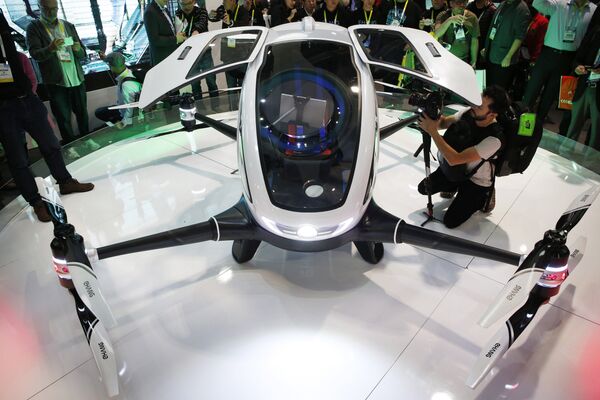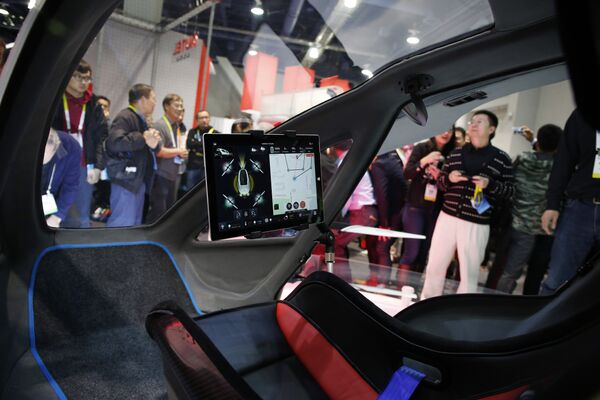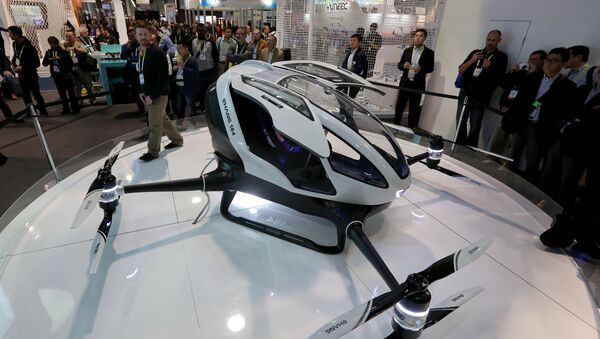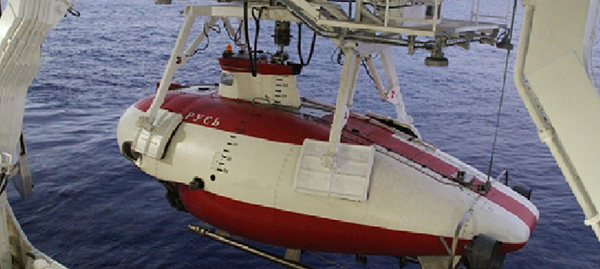China created ripples at the Las Vegas Consumer Electronics Show last Wednesday when it unveiled the world’s first passenger drone.
Ehang Inc, the developer of the drone, described its Ehang 184 flying robot as “a manned drone capable of automatically carrying a passenger through the air, simply by entering a destination into its accompanying smartphone app."
It also noted that its goal is “to make flying easier and faster for people, as well as revolutionize commercial flight in areas such as medical care, shipping and retailing.”

The US media, however, seems to always focus on the potential military application of new technologies.
“Even with all the media frenzy over an aircraft that George Jetson might have flown, there was no mention of using it as a battlefield transport, yet,” reads an article in The National Interest magazine.
“But that is almost certain to happen,” it furthermore states.
The author hones in on the US military which, he says, has already experimented with cargo drones in Afghanistan.
“At the same time, the US military is aggressively pursuing "manned-unmanned teaming," where the pilot of a manned aircraft, such as an Apache helicopter or F-35 fighter, controls multiple drones,” the article further says.
“In fact, US Army scientists recently noted that as "Army aviation continues to implement increasingly advanced levels of automation, human operators will transition from their current roles actively piloting vehicles to serve instead as Mission Commanders supervising highly intelligent autonomous systems."

“The natural convergence of these trends is a transport drone for military personnel.”
With such an aim the advantages of the Chinese flying robot seem to be even more evident.
“The 184 AAV is designed with full redundancy – If one set of the power systems are operating abnormally, the vehicle can still operate a normal flight plan and ensure the safety of the passenger together with the vehicle,” says the company’s statement on its website.
“Four arms and eight propellers offer great lifting power and safety. Even if one propeller malfunctions, it can still land in the nearest possible area safely.”
The communication is encrypted and each AAV has its independent key. In addition, the AAV has a permanent online connection with its low-altitude command center.
Building on its existing achievements, the company is also developing advanced low-altitude flight command centers to communicate with its flying vehicles in the coming months.
The AAV is thunderstorm-proof and eligible to fly around the clock. During extreme weather conditions, the command center will prohibit the AAV from taking-off.
Whenever there is an emergency, the passenger can instruct the system to land in the nearest possible area to ensure safety.
Rivals are justifiably becoming somewhat nervous.
“For now, we just have a Chinese company that says it has invented a people-carrying flying robot. But regardless of whether the Chinese drone is a commercial success, the day is coming when drones carry soldiers into battle,” the magazine states.



